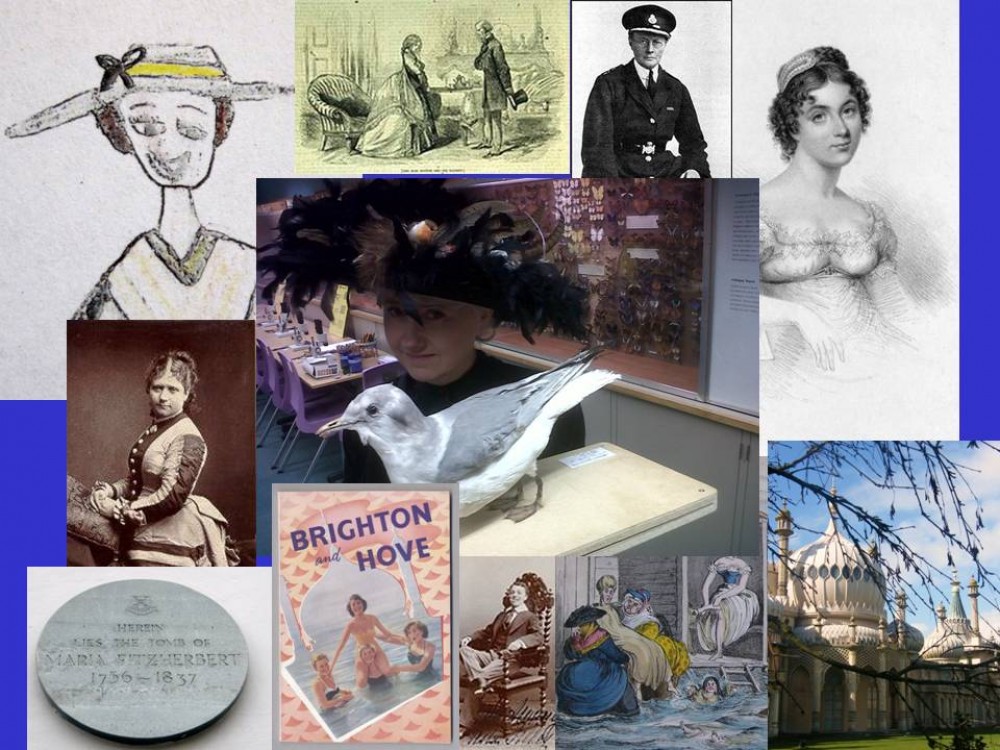I’ve posted about this before, but it’s so good, I’m posting again!
Join us tomorrow, Saturday 14th March 2015, from 10 a.m – 6 p.m for Brighton’s first Women’s History Festival. The full programme and times are here http://freeuniversitybrighton.org/wp-content/uploads/2015/03/Brighton-Women’s-History-Festival-Schedule.pdf

Talks at the Free University Brighton organised event include: The African Princess in Brighton – Brighton & Hove Black History Project, Women and the Mass Observation Archive – Suzanne Rose, Bad Girls: The Secret History of Women and Sexism – Louise Raw, “Prinny’s” Women – Jaki da Costa, Women and the Black Market in Post War Britain – Terry McCarthy and Women and the Miners Strike – Bev Trounce.
Guided walks – The Suffragettes of Brighton and Hove led by my colleague at Brighton Museum, Karen Antoni, and I will be turning my ‘Notorious Women of Brighton’ into ‘Amazing Women of Brighton’ for a walk at 2.30.
Workshops – Phenomenal Women: Creative Writing with Evlynn Sharp and Zine Making (Create your own women’s history ‘zine’ with historical materials from the National Archive) with Vicky Iglikowsky.
There’ll be two brilliant exhibitions, ‘Herstory’, an interactive women’s history exhibition by Alice Wroe – with activities suitable for children and, until 2pm, ‘100 Years of Women in Policing’ with Sussex Police.
PLUS – Film screenings, poetry readings, activities for children and young people, and food and drink available in the Brighthelm Café.
It’s taking place at the Brighthelm Centre http://www.brighthelm.org.uk/ North Road, Brighton,
BN1 1YD
See you there!



